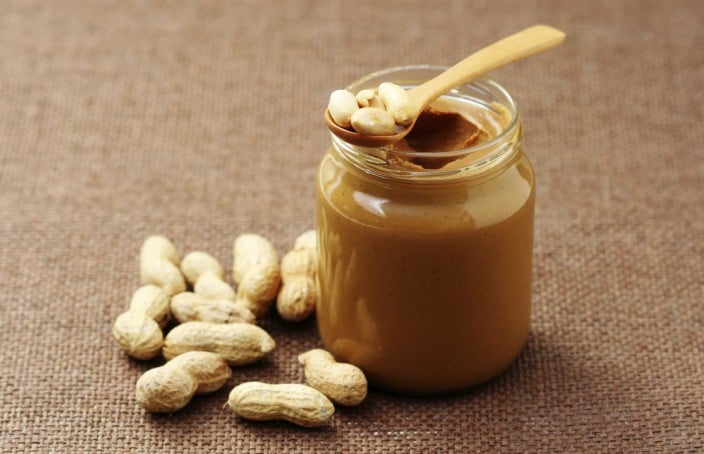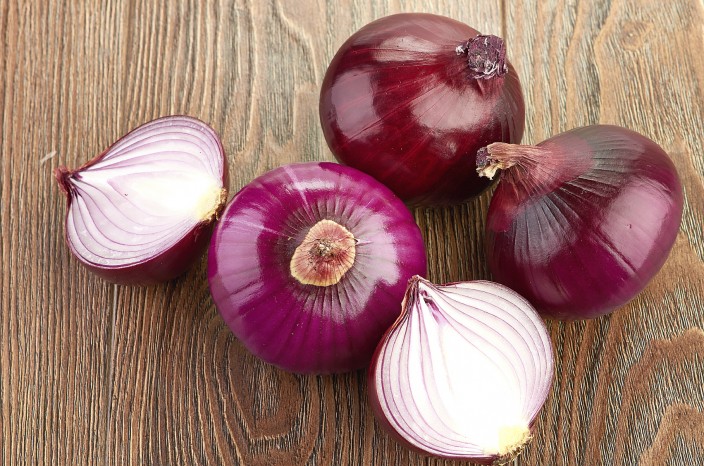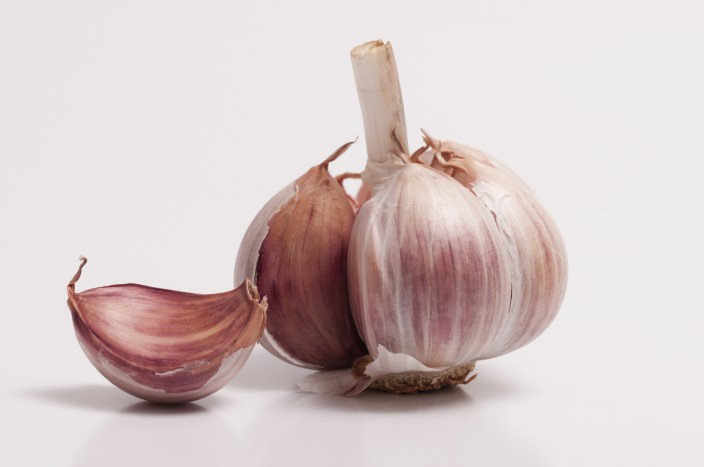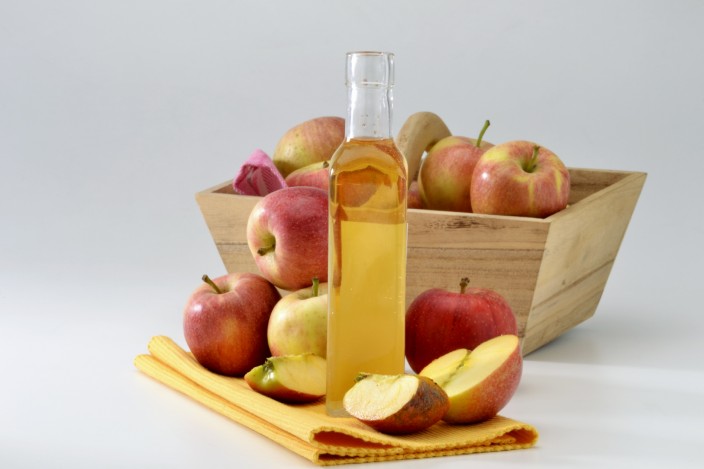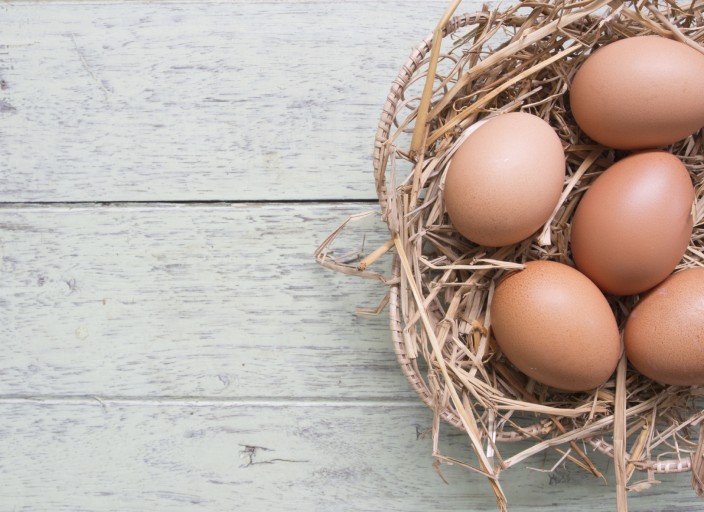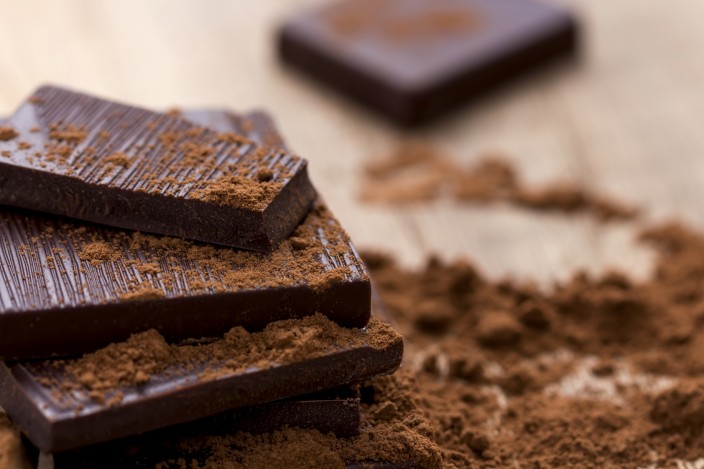Being asleep. Being awake. Hot weather. Cold weather. Seems there’s no end to the number of things that can raise your blood glucose levels. No wonder diabetes management can be such an obstacle course.
But it’s not all doom and gloom. For every factor that unexpectedly sends your blood sugars spiralling out of control, there’s an equally unexpected – and often enjoyable – way to keep them under control.
1. Peanut butter
We know that peanuts are great for people with diabetes. But one group of researchers from Brazil were more interested in peanut butter (and why wouldn’t they be).
The team split participants into three groups: the first ate 1.5 ounces of peanuts; the second had three tablespoons of peanut butter with breakfast; and the third had no peanut butter or peanuts. They all ate the same lunch of white bread and strawberry jam.
Interestingly, the researchers found that the peanut butter was better for blood glucose levels than the peanuts. The second group felt fuller for long, and had lower blood sugars when they were tested after lunch.
Not all peanut butter is as good for you, of course. But the researchers found that the healthier brands can do you a lot of good.
Turns out that peanut butter has a lovely combination of high protein, fibre and healthy oils. So you no longer have to feel ashamed for eating it straight from the jar with a tablespoon. I certainly won’t.
2. Red wine
Red wine lowers blood sugars by stopping the intestines absorbing glucose. Recently, plenty of researchers have become very interested in the effects of red wine on weight loss and blood glucose levels. A number of studies reckon it could be beneficial. That said, drinking too much of it can cause problems (such as a build-up of fat around the liver), so everything in moderation.
3. Onion extract
There are people in the world who make a living feeding onion extract to rats. And we should all be very grateful for that.
A recent study sorted a bunch of rats into three groups, and each was given a different dose of onion extract. Along with the onion, each rat was given a dose of metformin.
The researchers found that the group given the strongest dose of onion extract had lower fasting blood sugar levels, as well as lower cholesterol. According to lead investigator Anthony Ojieh, onion extract “has the potential for use in treating patients with diabetes.”
It’s worth noting that the study only indicated that onion extract lowers blood glucose levels when taken alongside metformin. Further studies would need to be conducted to see if it had the same merits without metformin. Moreover, it’s pretty difficult to get the required level of onion extract from eating onions, so we’ll probably have to wait for the onion extract to be condensed into some kind of drug.
4. Garlic
Similarly, garlic could lower blood glucose levels, according to a 2012 study.
Unlike the previous study, this one was conducted on rabbits rather than rats. It found that “garlic as a food additive has […] hypoglycemic effects.”
But again, you’d have to eat a deeply unpleasant amount of garlic to get the results. Although the researchers bought their garlic from a local market, they did all kinds of scientific things to do it in order to make it suitable for the experiment.
So for now you probably shouldn’t go eating barrelfuls of onion and garlic to lower your blood glucose levels. For everyone’s sake.
5. Vinegar
A study published in Diabetes Care reported that apple cider vinegar makes your more sensitive to insulin and reduces blood sugar spikes, particularly after eating starchy food. The findings were relevant to both people with type 2 diabetes and people with prediabetes.
So one way to control blood glucose spikes could be to drink a mixture of apple cider vinegar and water before eating. Particularly if you’re about to enjoy something starchy.
6. Eggs
A Study published in the International journal of Obesity found that overweight people who ate two eggs for breakfast every day lost 65 per cent more weight than people eating a similar breakfast without eggs. The researchers suggested that this might be because eating eggs prevents big, uncontrollable changes in blood glucose levels, thereby controlling appetite.
7. Dark chocolate
In 2011, a study found that dark chocolate increases insulin sensitivity and helps control your blood glucose. And what’s more, the same study discovered that moderate amounts of dark chocolate lower blood pressure, reduce “bad” cholesterol, and improve blood vessel function.
Just don’t go mad; dark chocolate contains a lot of calories. Make sure you eat it in moderation in order to see the benefits.
